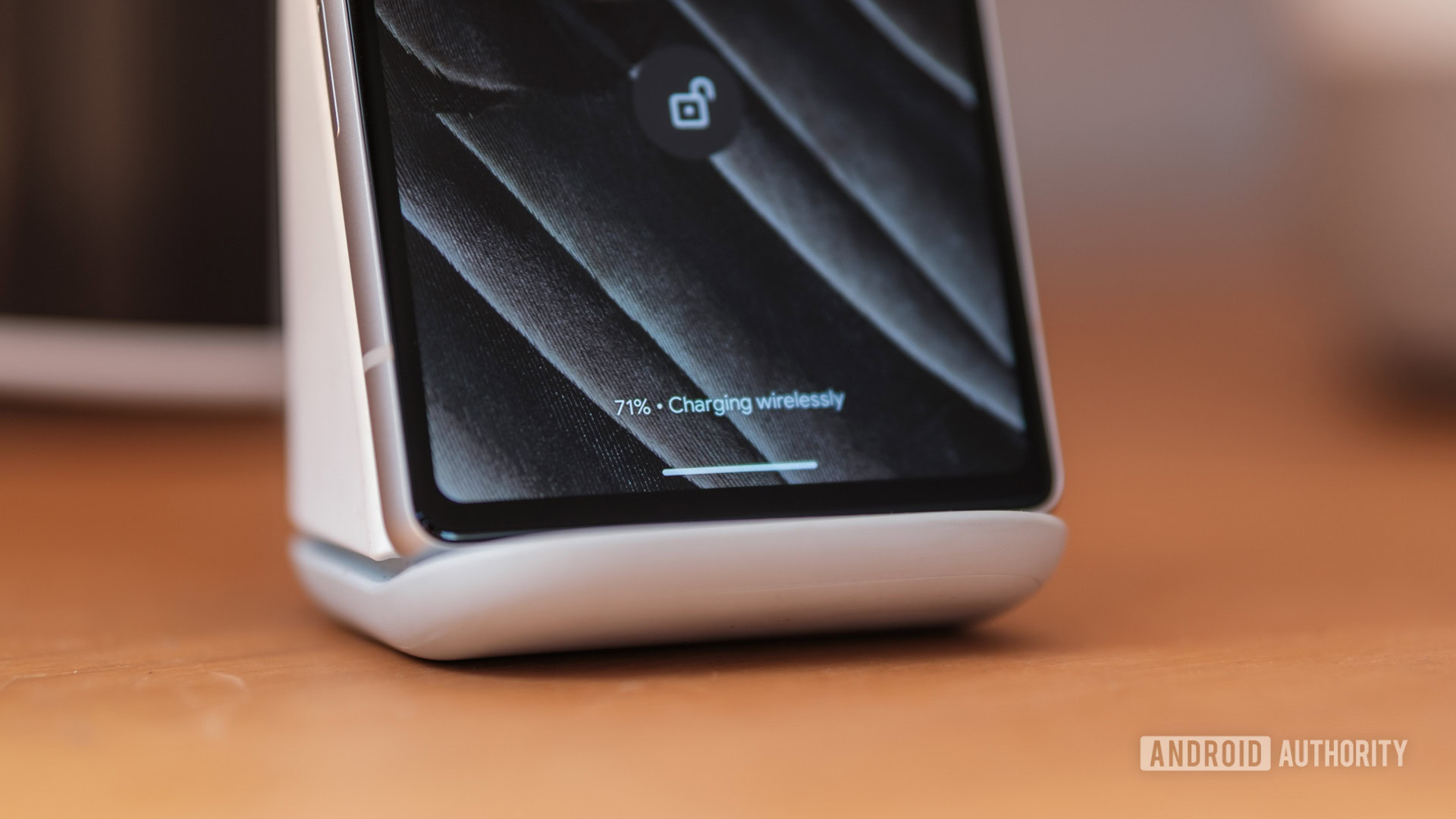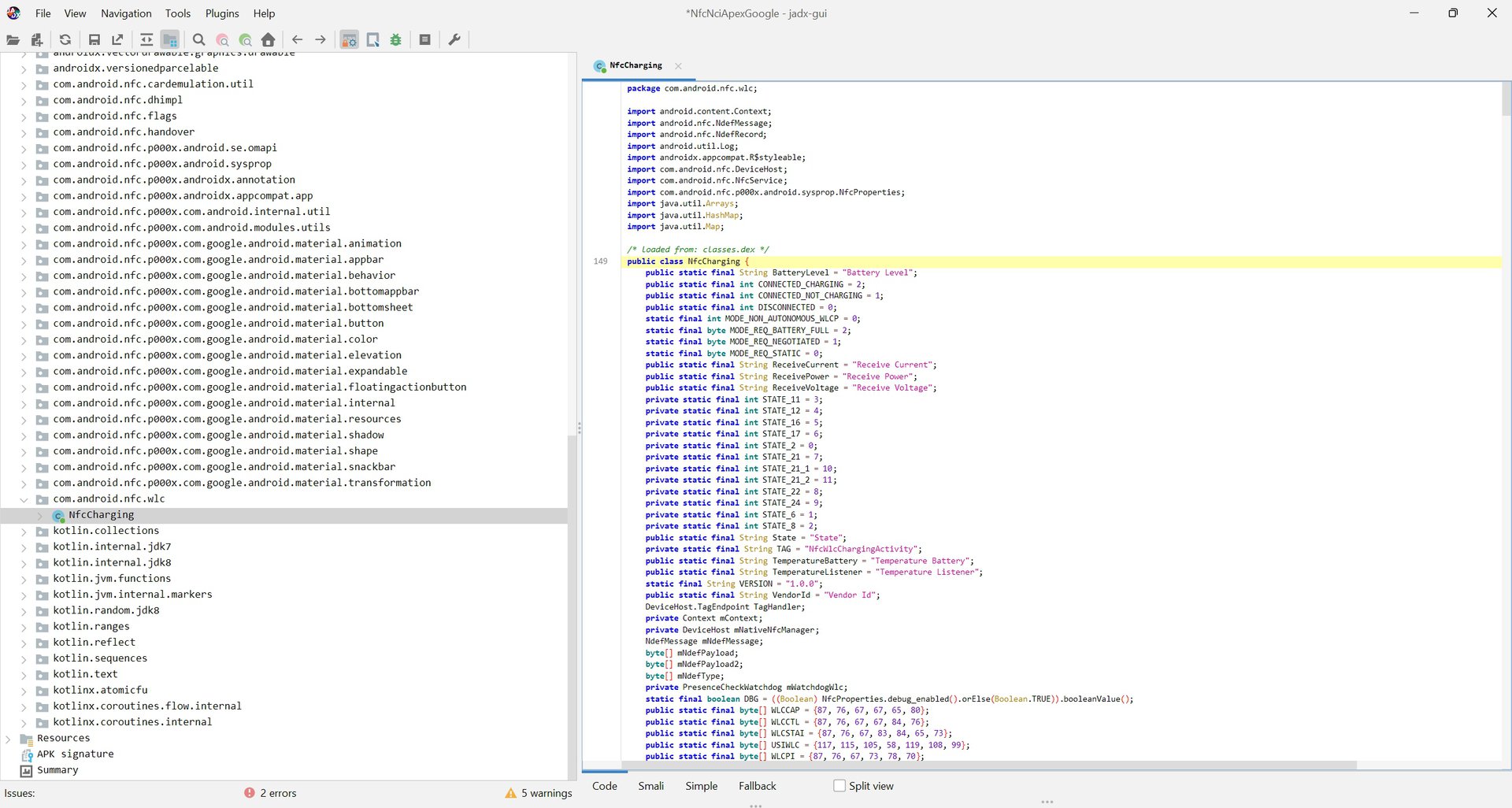
Robert Triggs / Android Authority
TL;DR
- Google is working to add support for NFC Wireless Charging into Android 15.
- Many smaller devices don’t support Qi wireless charging because they don’t have enough space to fit a charging receiver coil.
- NFC Wireless Charging requires much less integration space, so it’s better suited for smaller devices.
When it comes to wireless charging, the first thing that comes to mind is probably the Qi standard. Qi wireless charging has been around for a while, and it’s found in many of the smart devices we use daily. However, there are many smaller electronic devices where Qi wireless charging is either uncommon or nonexistent. This is because smaller devices might not have enough internal space to fit a coil big enough to adequately receive power. That’s why the industry association behind Near-Field Communication (NFC), the technology that powers contactless payments, created the NFC Wireless Charging (WLC) specification.
Announced back in May of 2020, NFC Wireless Charging works with significantly smaller antennas than Qi wireless charging. NFC Wireless Charging antennas can be smaller than 1cm in size and packaged in a flexible, bendable PCB so they can be squeezed into incredibly tiny smart devices like earbuds, styluses, smartwatches, and tracker tags. Plus, the same antenna can be used for traditional NFC data transfers, saving even more space. Many smaller, low-power devices (like tracker tags, for example) already include an NFC chip for basic data transfers, so swapping that for a single antenna that manages both communications and charging would make a lot of sense.
Despite being announced nearly four years ago, NFC Wireless Charging has yet to make its way into many commercial products. Perhaps one reason for that is a lack of platform support from major operating systems like Android. The upcoming Android 15 update is preparing to add support for NFC Wireless Charging, though, which could pave the way for a slew of WLC-enabled accessories to enter the market.
NFC Wireless Charging in Android
When Google released Android 15 beta 1 last week, I noticed that the company significantly changed the operating system’s NFC stack. The system app that handles NFC-related events, for example, now includes a class called
NfcCharging
that starts and stops NFC charging, reads the charging info payloads sent via NFC, and more. Although the class references “version 1.0.0”, this likely refers to the first iteration of Android’s
NfcCharging
implementation rather than WLC 1.0 (for context, the NFC Forum announced WLC 2.0 in late 2021 and the only change in WLC 2.0 is that it supports even smaller antenna sizes).

Mishaal Rahman / Android Authority
Android 15 beta 1 also includes WLC-related additions to the operating system’s NFC APIs, which aren’t present yet in AOSP. It’s interesting that Google first tried to add WLC support in late 2021, nearly a year and a half after the specification was first released, but later abandoned this effort. Earlier this year, though, Google seemed to have renewed its interest in implementing WLC support in Android, so the question is: Why now?

Mishaal Rahman / Android Authority
One interesting application of NFC Wireless Charging could be in tracker tags. Tracker tags are often too small to fit a Qi wireless charging coil, have tiny batteries that don’t require a lot of juice to top up (WLC can send up to 1W of power over a distance of 2cm), and already have NFC chips so they can send information about their owner to the person who finds them. Many tracker tags, like those compatible with Android’s Find My Device network, already boast up to one year of battery life, but some of them have non-rechargeable batteries. By integrating NFC Wireless Charging support, future tracker tags would be less costly to maintain and easier to charge.
Another potential use case is charging styluses. In fact, the USI 2.0 specification has NFC Wireless Charging baked in, so the USI 2.0 styluses on the market are already capable of being charged via NFC. However, to actually charge them, you still need a compatible device that includes an NFC charging transmitter.
Hopefully, once NFC Wireless Charging support gets baked into Android, wireless charging will become more ubiquitous in smaller devices like earbuds, styluses, smartwatches, and tracker tags.